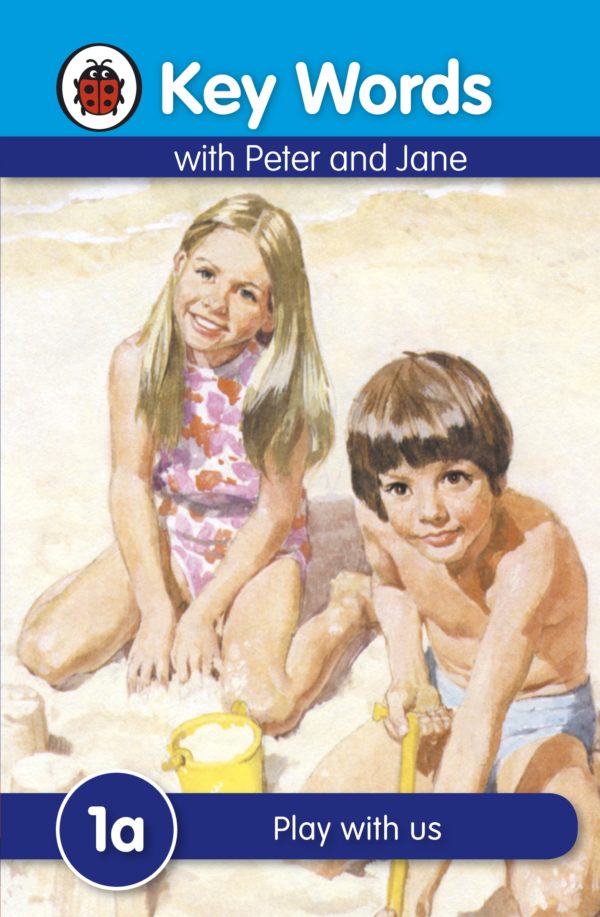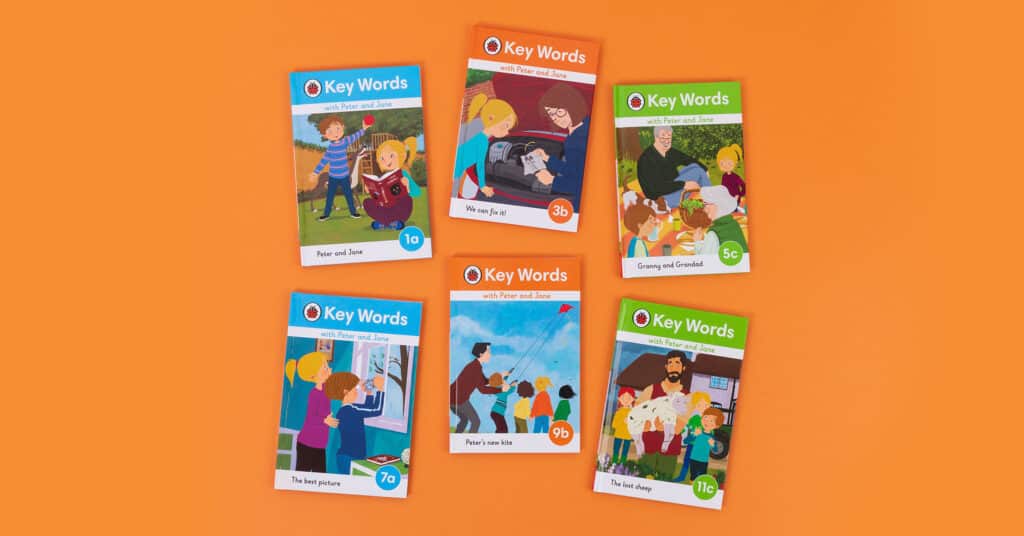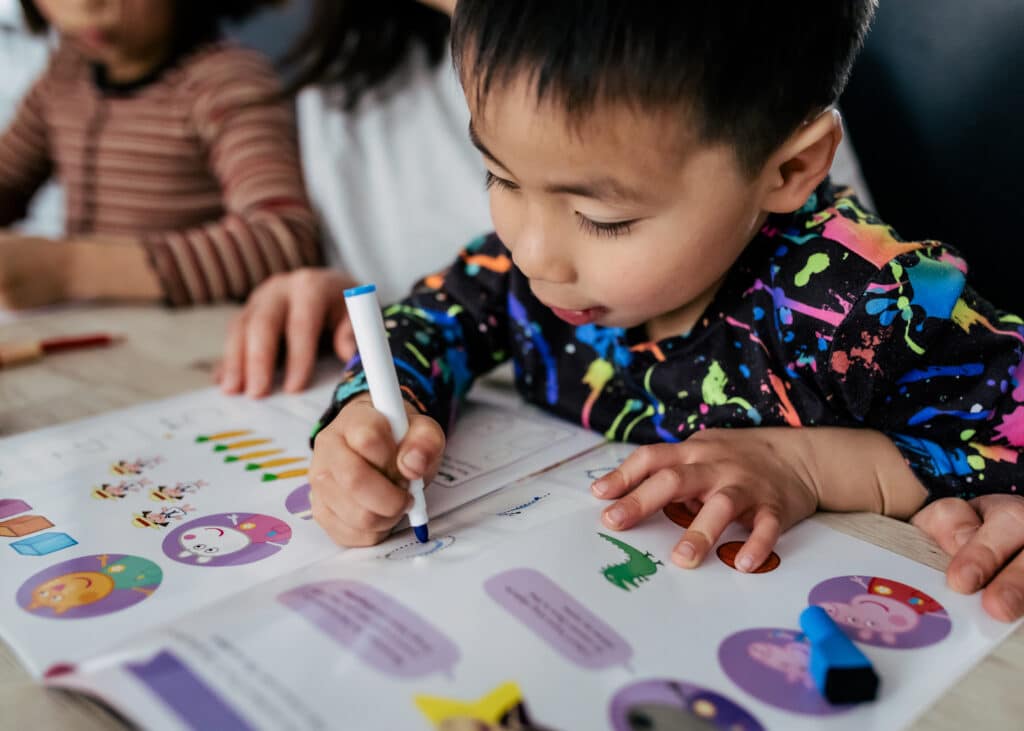How William Murray created Key Words
William Murray’s transformative research changed the way we approach literacy forever. Here, his son remembers how his father created the remarkable book that went on to sell 100 million copies – Key Words.
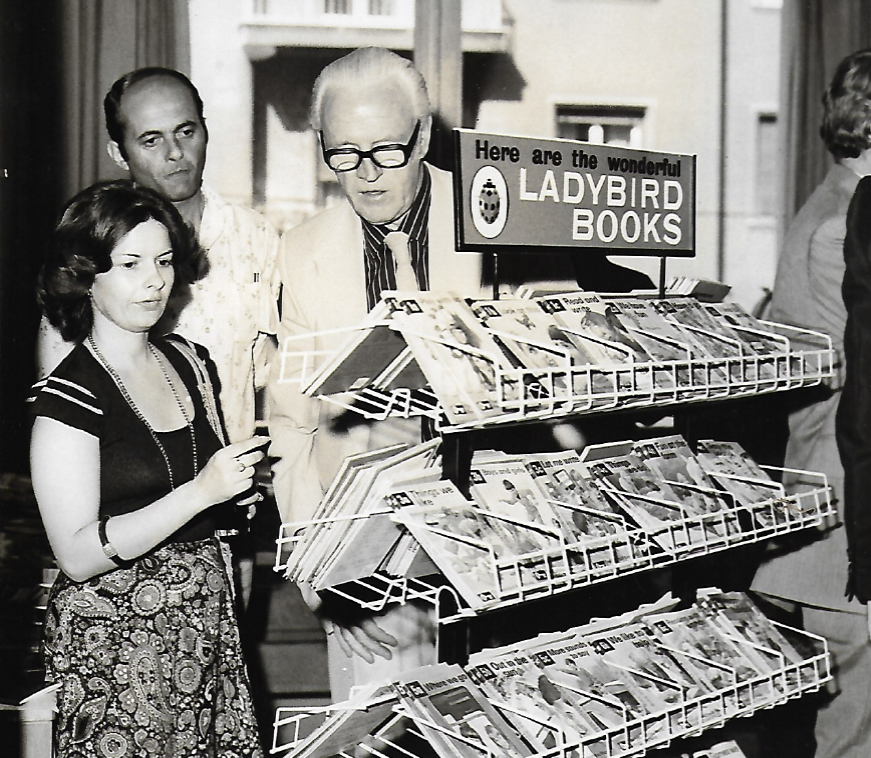
In the 1950s my father, William Murray, started learning his craft as a teacher. He taught pupils aged from 5-15, many of whom had educational, emotional and social difficulties. He quickly learned that the reading books used at that time did not help them learn to read.
He concentrated on making learning fun and I remember going into his classroom in Church Style Approved School. It was full of reading games to support the books, which he had made. He perfected this approach and understood the importance of success. He believed in “catching children doing things right” and correcting their mistakes, but mainly he praised them for their success. William Murray had a positive philosophy in education and believed strongly in people’s potential, many of who underachieved. Children enjoyed their time with him and succeeded where previously they had failed.
He was a lifelong student of psychology, studying learning and the effects of praise and success. In later years he became extremely knowledgeable about the human brain and its hemispheric specialisation.
Murray conducted his research knowing that thoughtful, efficient and structured teaching is needed when children are learning to read. He researched the English language concentrating on the most used words, with his friend Joe McNally, a senior educational psychologist. They jointly published groundbreaking research published as “Key Words to literacy”.
In the publication, it explained that there are 240,000 main words in our language and that most people use about 20,000 words. During their research, they found that:
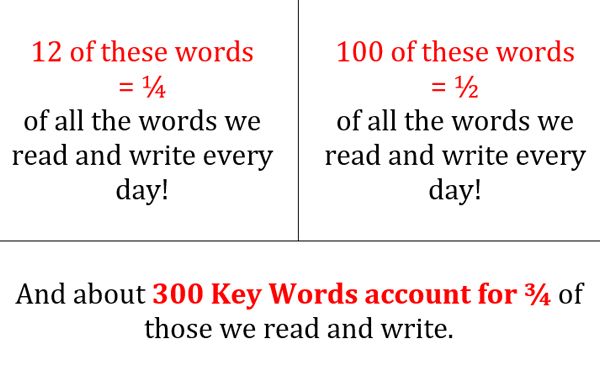
Isn’t that incredible. Simply 300 key words account for three-quarters of those we read and write.
This knowledge is so important when devising schemes for the teaching of reading and writing.
As a result of this important research and his work with children, he was asked to lecture about his ideas. When teachers and parents learned about the important findings of “Key Words to literacy”, and the emphasis on successful teaching he soon became an international lecturer.
The then Managing Director of Ladybird, Douglas Keen, came to some of his lectures and invited him to discuss writing a Ladybird Reading Scheme. Their meetings developed a strong relationship between these two intelligent and inspirational men. Dad knew exactly the content and structure of the reading scheme, and Douglas Keen had the in-depth knowledge of publishing and had the vision and passion for producing books for children. Together they fashioned “The Ladybird Key Words Reading Scheme”, as it was called then (now called Key Words with Peter and Jane).
To date, the sales of Key Words totals over 100 million books worldwide because it works so successfully. He went on to write over 70 books including Sun Start, and Read with Me with workbooks.
Since William Murray’s death Ladybird has produced a bilingual Chinese Key Word with Peter and Jane scheme.
The philosophy, research and structure behind the original Ladybird Key Words Reading Scheme continues and there are exciting plans for the future.
I’m proud of William Murray’s and Douglas Keen’s legacy. They have helped countless millions of children and adults and continue to do so to this day.

